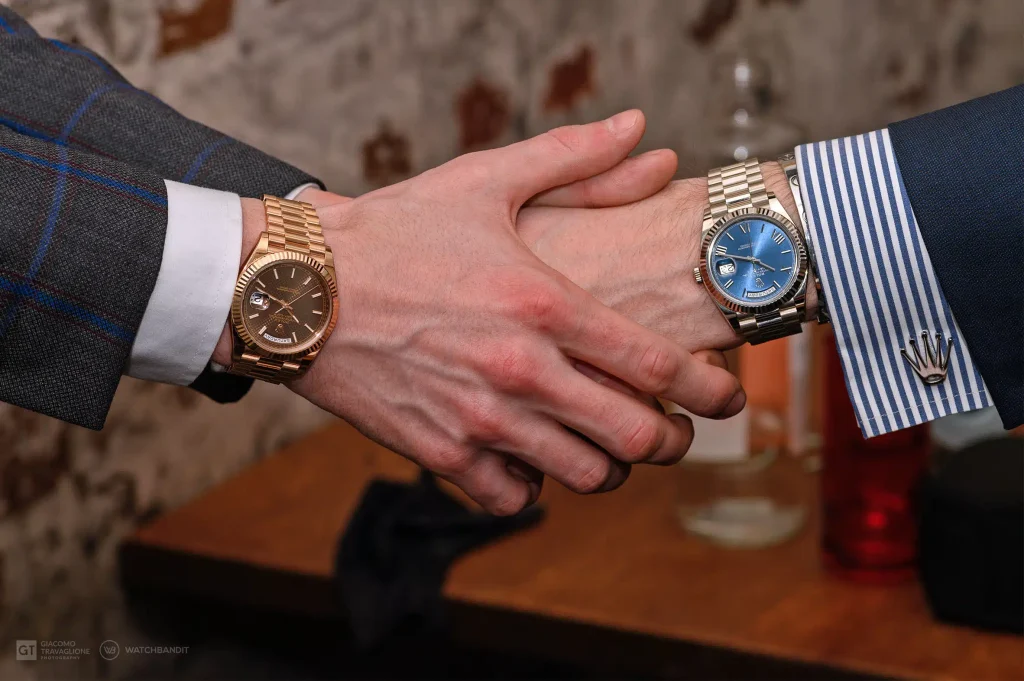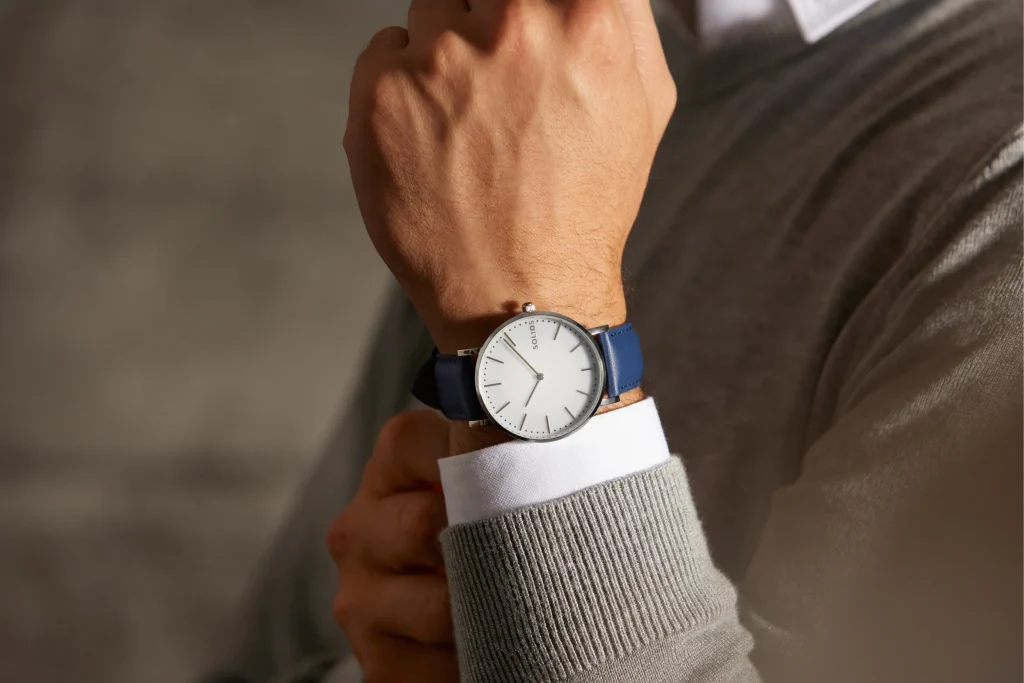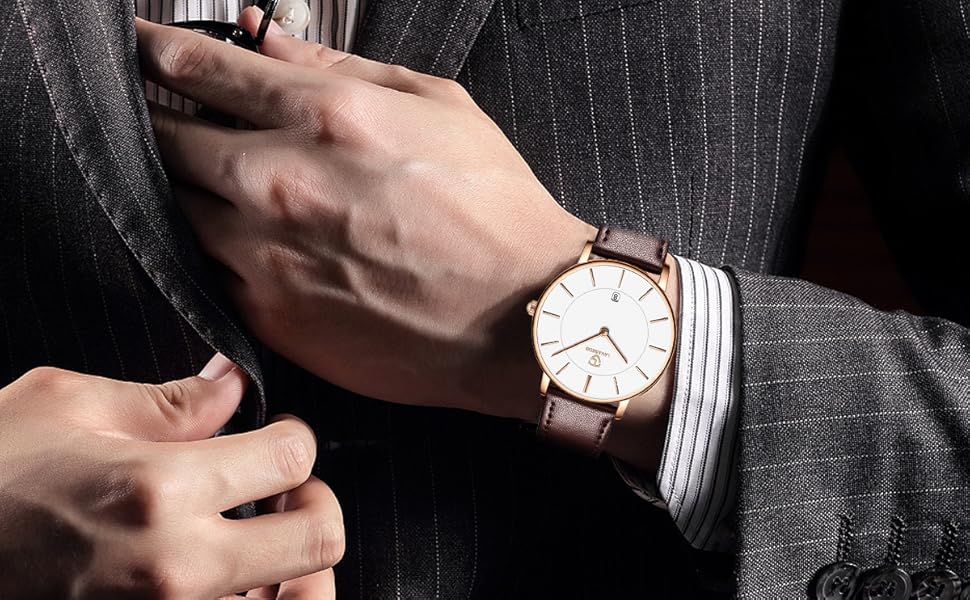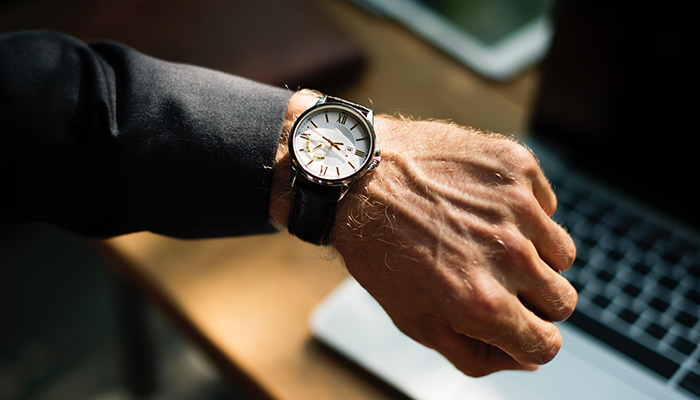
To some, wearing a watch on the right wrist might seem like a minor detail—but for others, it’s a meaningful choice. This age-old habit carries more symbolism than you might expect. From leadership and ambition to cultural customs and spiritual beliefs, people assign personal significance to this choice. But what makes this small difference matter more than wearing it on the left? Let’s uncover what this gesture really reveals.
A Tradition Rooted in History

Wearing a watch on the right wrist isn’t a new trend. Its origins go back to a time when watches were exclusive luxuries, worn only by the upper class. In the Middle Ages, aristocrats used them to display wealth and influence. Later, the military embraced the habit—watches signified rank and authority.
Today, it’s still seen as a statement. Wearing your watch on the right wrist can signal individuality, confidence, and even a touch of rebellion. Among entrepreneurs and business professionals, it often hints at energy, focus, and a desire to stand out.
Symbolism and psychology: what your watch reveals

This isn’t just about being practical. According to experts in symbolism, the right side of the body is tied to action, decision-making, and energy. So wearing a watch on your right wrist could suggest you’re someone who’s proactive and ready to take on challenges.
There’s also a psychological aspect. Seeing the watch on your dominant side can serve as a constant reminder of time, discipline, and ambition. Some people even view it as a sign of leadership—a way to nonverbally signal confidence and control.
Cultural Perspectives: Different Meanings Around the World
The interpretation of this habit can shift depending on where you are. In India, for instance, it’s linked to wealth and upward mobility. In China, it’s seen as bringing good fortune. In Spain, on the other hand, practicality wins—most people wear it on the left so they can write and gesture freely.
These cultural differences show that even small accessories can carry big messages. What looks like a symbol of success in one country might be just a matter of convenience in another.
Spiritual Beliefs: Connecting with Energy and Intention

In many spiritual traditions, the right wrist has deep symbolic meaning. In Hinduism, it’s connected to positive energy and divine alignment. Wearing a watch there could be seen as opening yourself up to protection and good vibes.
In the West, followers of meditation or personal development sometimes choose the right wrist as a statement of self-discipline and mindful living. For them, the watch isn’t just about time—it’s a reminder of their goals, energy, and personal growth.
Style and Comfort Matter Too
Of course, sometimes it’s just a practical or aesthetic decision. Left-handed people often find it easier to wear a watch on the right so they can write or move freely. Others might simply like the way it looks.
If you wear other jewelry like bracelets or rings on your left hand, placing your watch on the right can balance things out visually. It’s a subtle way to enhance your personal style or feel more comfortable.
How to Choose the Right Watch for Your Right Wrist

If you’re going to wear your watch on the right, pick one that fits well and suits your look. A case that’s too bulky can feel awkward, while one that’s too small might not make much of a statement.
Straps matter, too—leather, metal, fabric… each gives off a different vibe. And don’t forget about the mechanism: whether it’s mechanical, quartz, or automatic, it all adds up to say something unique about you.
Express your personality through a simple gesture
Wearing your watch on the right wrist isn’t just a style choice—it’s a way to express who you are. Whether you do it for comfort, meaning, or simply to stand out, it reflects your personality in a quiet but powerful way.
So the next time you fasten that watch on your right hand, remember—it’s more than just a habit. It’s a message. Are you ready to let it speak for you?